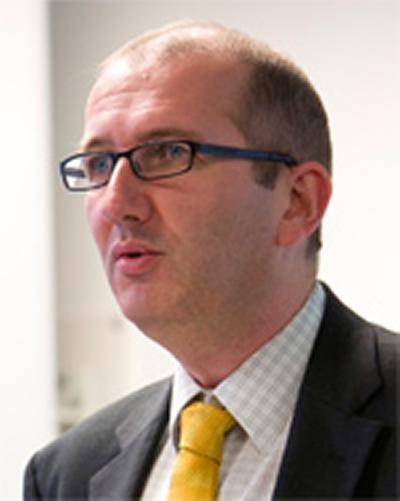A shortage of doctors and nurses may cause 28,000 preventable deaths each year

A new study by the University of Southampton and Imperial College London has shown that a shortage in nurses on hospital wards may be leading to thousands of deaths from treatable illnesses, such as blood clots and pneumonia each year.
The paper on ‘failure to rescue', (death among surgical patients with potentially treatable complications) published in the International Journal of Nursing Studies, considered 70 million patients who had undergone surgery between 1997 and 2009. It revealed that 28,000 people died with potentially treatable complications each year with patients eight per cent more likely to die in hospitals with fewer nurses and nine per cent more likely to die in hospitals with fewer doctors.
Professor Peter Griffiths, Chair of Health Services Research at the University of Southampton, who led the study says: "It is clear from our research that having more nurses on wards is associated with lower rates of ‘failure to rescue', but having a higher proportion of doctors compared to nurses in the workforce seems to be even more important.
"The ratio of support staff to nurses also shows a negative effect. The more support staff, or untrained nurses, compared to fully-qualified registered nurses, the higher the rates of ‘failure to rescue' on the wards. It is therefore reasonable to conclude that a lack of appropriate care is a contributing factor to many deaths from treatable complications on hospital wards."
The study, funded by the Department of Health's Policy Research programme, also demonstrated a link between ‘failure to rescue' and age. Professor Griffiths says: "The relationship between ‘failure to rescue' and age is another interesting finding from this research. These potentially preventable deaths increase sharply with age, which, whilst expected to an extent, is still unexplained at these high levels. If we consider comparable research in the United States, we don't see such high rates associated with age."
Notes for editors
The University of Southampton is a leading UK teaching and research institution with a global reputation for leading-edge research and scholarship across a wide range of subjects in engineering, science, social sciences, health and humanities.
With over 23,000 students, around 5000 staff, and an annual turnover well in excess of £435 million, the University of Southampton is acknowledged as one of the country's top institutions for engineering, computer science and medicine. We combine academic excellence with an innovative and entrepreneurial approach to research, supporting a culture that engages and challenges students and staff in their pursuit of learning.
The University is also home to a number of world-leading research centres including the Institute of Sound and Vibration Research, the Optoelectronics Research Centre, the Institute for Life Sciences, the Web Science Trust and Doctoral training Centre, the Centre for the Developmental Origins of Health and Disease, the Southampton Statistical Sciences Research Institute and is a partner of the National Oceanography Centre at the Southampton waterfront campus.
For further information contact:
Charlotte Woods, Media Relations, University of Southampton, Tel: 023 8059 3212, email: C.Woods@southampton.ac.uk
www.southampton.ac.uk/mediacentre/